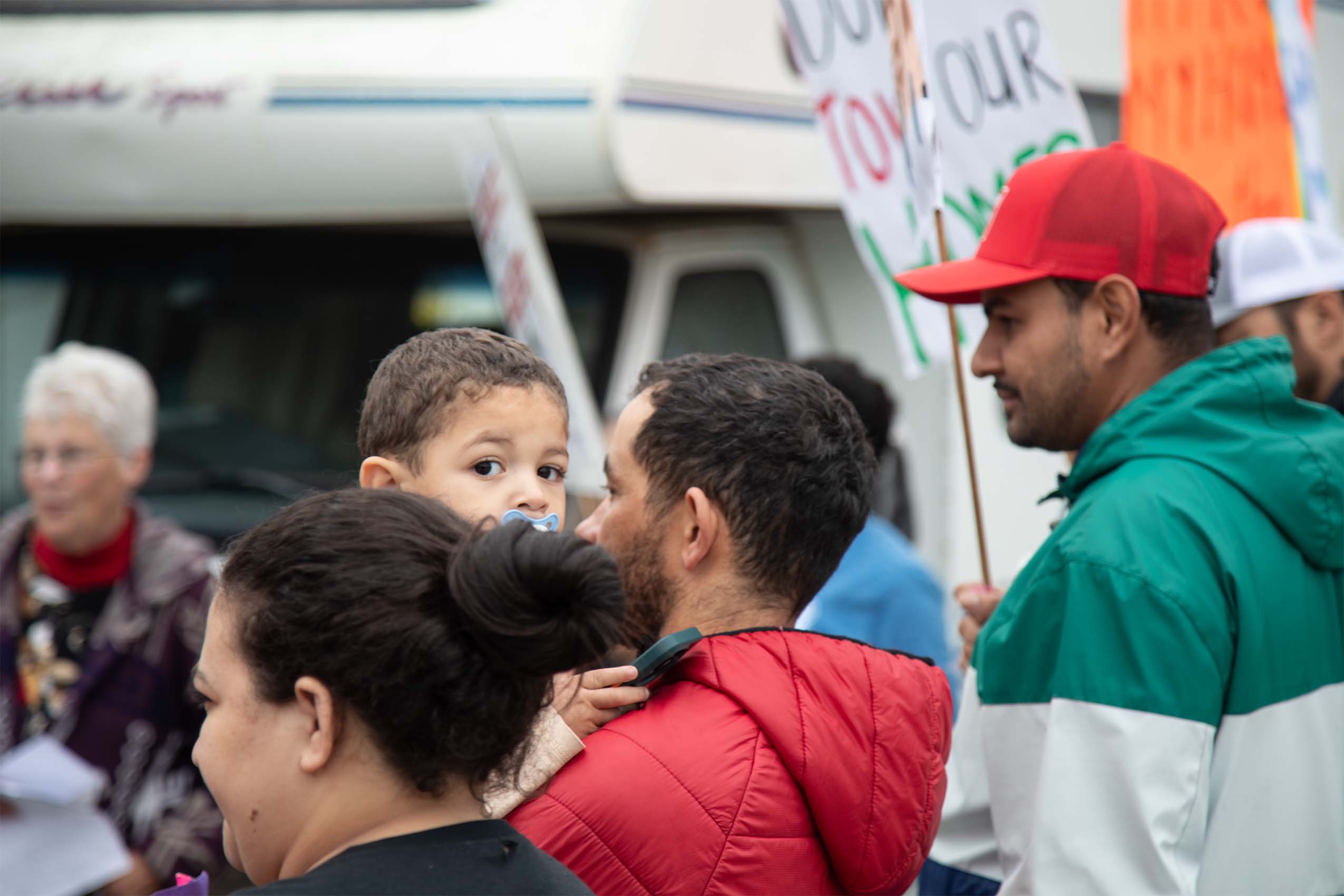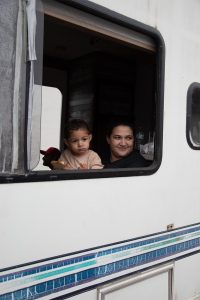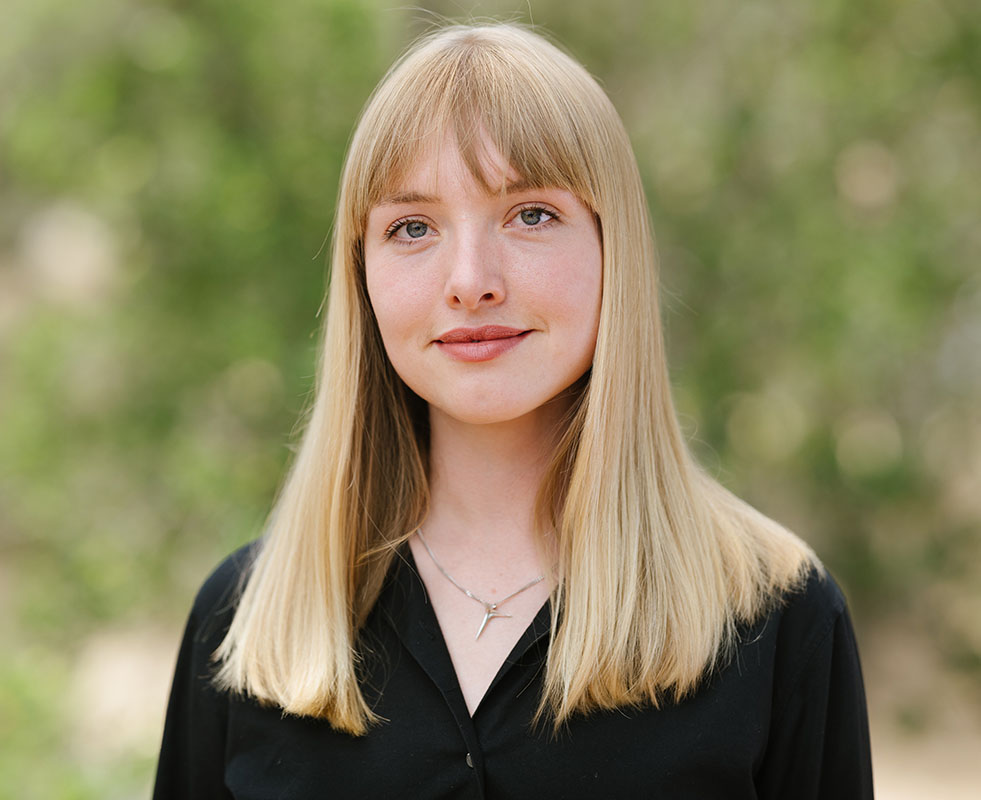
SAN FRANCISCO — More than 100 recreational vehicles housing families may be displaced when new parking laws come into force in Lake Merced, San Francisco on Dec. 3. Advocates fear that the proposed four-hour weekday parking restrictions will separate a tight-knit community of Spanish and Portuguese speaking families from the west side neighborhood, with no viable alternatives on the table.
Deisiene Pereira, a mother who has been living in an RV with her daughter and two-year-old son on Winston Drive for eight months, said, “I live here because I can’t pay rent, I have two children, sometimes I don’t even have money to buy milk for my son… I have no way of leaving here.”
Last month, the San Francisco Municipal Transportation Agency (MTA) Board of Directors delayed implementing new parking measures on Winston Drive until December, in hopes of finding a safe alternative for the RVs to park.

Javier Bremond, an organizer at the Coalition on Homelessness, says the priority must be “to house as many families as quickly as possible” and that at this moment they are organizing to “avoid catastrophe,” of families dispersed with no safe alternative.
According to the Department of Homelessness and Supportive Housing, San Francisco has over 1,000 inhabited vehicles across the city, and only one secure site, the Bayview Vehicle Triage Centre (VTC) at Candlestick Point on the east side of the city. On Sept. 29, the Board of Supervisors voted to continue to fund the Bayview VTC, committing to $12.2 million for the rest of 2023, through to 2025.
The Bayview VTC was established in 2021 to support 155 vehicles with 177 guests. However, the site has been marred with controversy ever since. Management never managed to supply electricity or fire suppression systems, limiting capacity for the last two years to 35 vehicles with 50 guests. This means the city has paid $140,000 per year for each parking space in maintenance alone.
In the public meeting, Supervisor Walton and Jennifer Friedenbach, executive director of the SF-based Coalition on Homelessness, pointed to the Winston Drive community as potential beneficiaries of the extension of the Candlestick site.
Emily Cohen, deputy director at the Department of Homelessness said the city expects to install the fire suppression systems that would enable capacity to 81 vehicles in 2024. The increase still wouldn’t be enough to accommodate all the families from Winston Drive.
Identifying a potential secure parking lot on the west side of the city has challenged the MTA since 2021 when the Department of Homelessness and Supportive Housing Executive Director Shireen McSpadden said, “We’re definitely looking at the west side for the second one.”
While several sites have been identified, Javier Bremond cites NIMBYism, political hesitancy, and a lack of coordination between the housing and transport authorities as key hurdles. He says it’s “ironic” because the coalition meets with the RV community on empty lots in the west side every week, while no parking lot can be secured for their long term safety.


